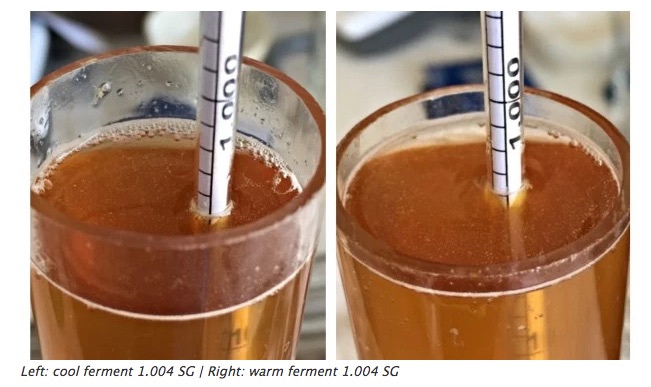Redtab78
Well-Known Member
Just wondering, but is it possible to achieve 82% attenuation from wyeast northwest ale 1332? If my math is correct and my ipa started at 1.072, and has finished at 1.010, that's 82%, how did I mange to get this? I did make a starter with 1 smack pack, but the starter was only 1L og of starter wort was 1.038 (ish) and had it on the stir plate for about 2 days, then cold crashed for about 6 hours, decanted and pitched into 80 degree wort, sat in the fermentation chamber at exactly 66 degrees for 9 days.
Is it typical to get a higher then advertised attenuation with a stir plate? I have never gotten this high before, so I was wondering what I did in my process to do this, thanks.
Is it typical to get a higher then advertised attenuation with a stir plate? I have never gotten this high before, so I was wondering what I did in my process to do this, thanks.




